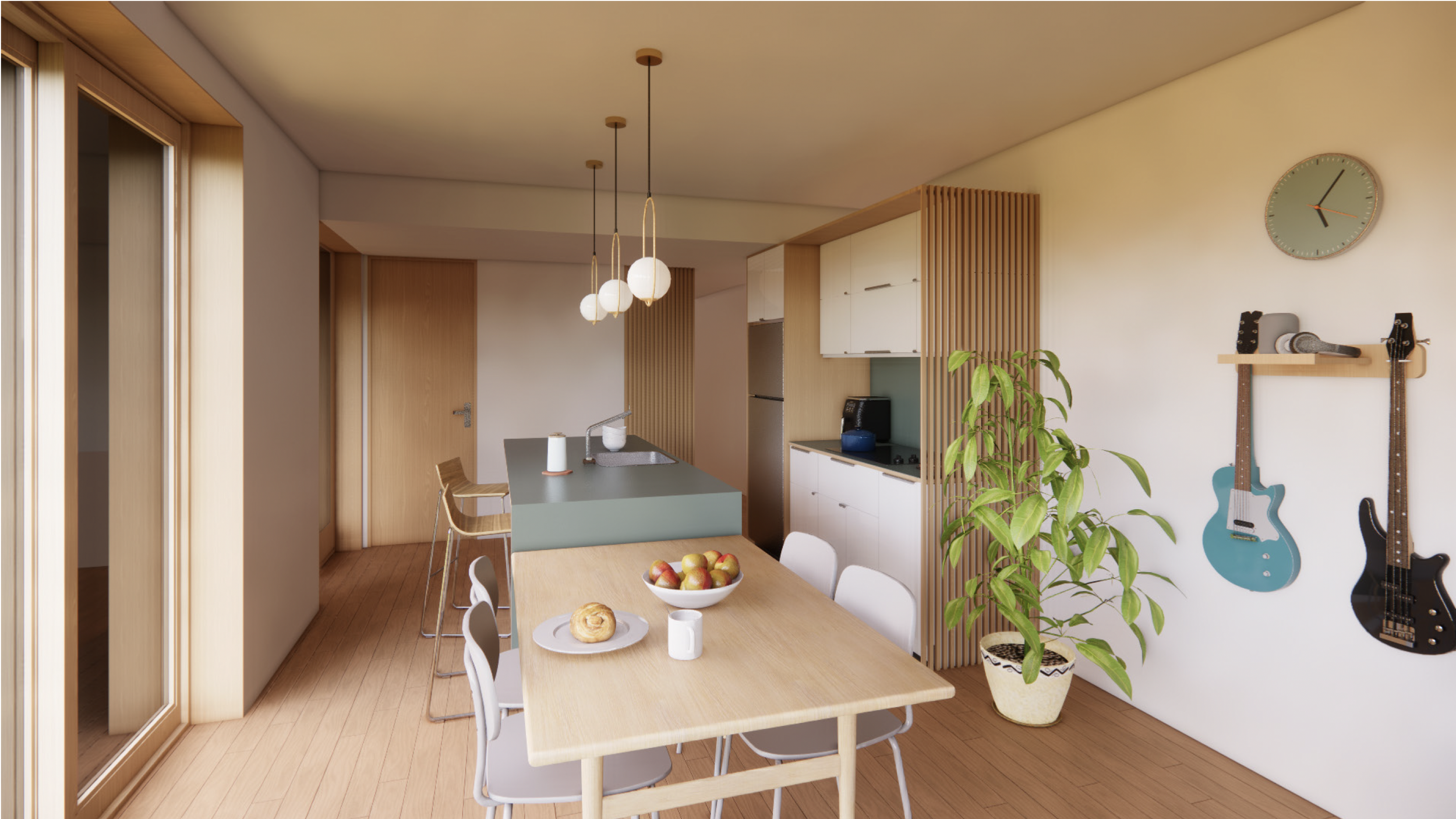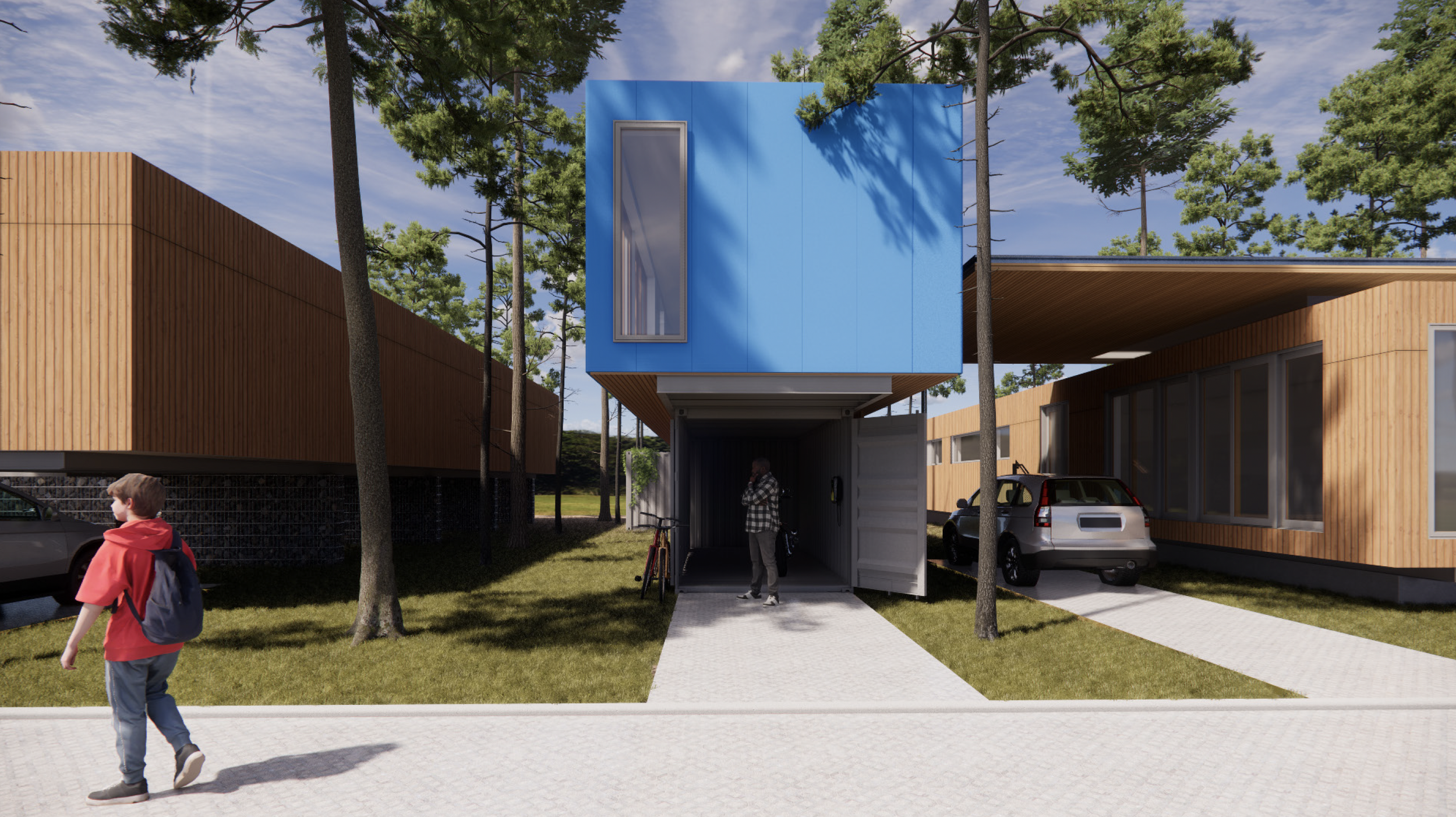The Mobile Home Project rethinks how we approach housing affordability. It aims to take advantage of innovative manufacturing techniques that can drastically reduce construction costs. Unlike traditional housing, which is highly susceptible to market shifts and slow to adapt, manufactured homes are produced with a focus on efficiency, scalability, and value.
These homes are typically built in a factory setting, which allows for bulk purchasing, streamlined production, and lower costs.
The Mobile Home Project seeks to shift the outdated perception of mobile homes as substandard or transitional housing. Historically, mobile homes were seen as innovative solutions for post-WWII veterans, offering cutting-edge design and convenience. By reimagining these homes with contemporary aesthetics, sustainable materials, and thoughtful site planning, we can create vibrant, desirable communities that challenge the stigma.
One key advantage of manufactured homes is their placement on leased land. By using leased land and shared infrastructure, the cost of homeownership is significantly reduced. As the community land trust model gains traction, there is real potential to transform mobile home parks into well-designed, cohesive neighborhoods with a strong sense of community.
This project aims to demonstrate that with intelligent design and forward-thinking planning, manufactured housing can offer an affordable, sustainable alternative to traditional homebuilding, providing quality homes to more people.
Client
Private
Status
Designed
Status
2024
Residential
1,000 sf






